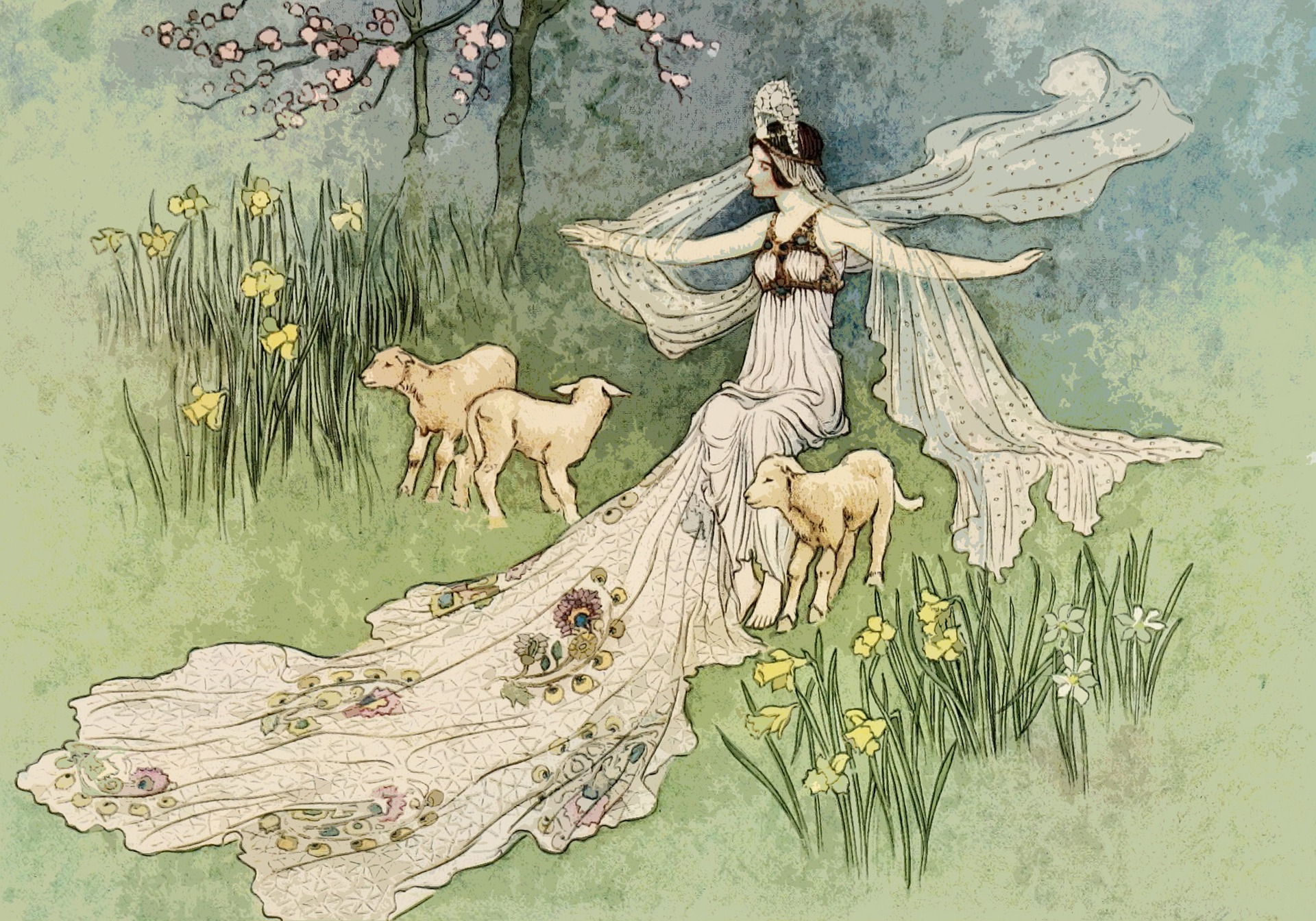Human happiness comes in different shapes and sizes, like candies at the store. American Psychologist Martin Seligman proposes that there are three types of happiness, the kind derived from a Pleasant Life, an Engaged Life, and a Meaningful Life. Let’s see what he means by each one of these.
1. Pleasant Life
Pleasant life is based on having as many pleasures as possible, as many of the positive emotions as possible and having the skills to increase the duration and intensity of these pleasures. Pleasures are an enjoyable part of life, and one need not eliminate these sources of temporary happiness. Instead, Seligman offers you ways to maximize your experience of them.
Happy Ho also organizes best Meditation and Tarot classes in Noida and Delhi NCR area in India.
Avoid Over Indulging In Pleasures
Did you ever find a candy you loved so much that you couldn’t get enough? But eventually, you had so much of the candy and so quickly that you lost interest in it? Indulging in pleasures repeatedly and rapidly reduces the pleasure of the experience. This process is called habituation. It occurs with all sensorial pleasures and is helpful in fighting overindulgence.
Savour Pleasure More Deeply
The more awareness we bring to a pleasurable event, the more pleasure we can experience.
Savoring is the act of using all your conscious attention to the experience of a pleasure.
Seligman suggests four kinds of savoring:
- Basking (receiving praise and congratulations)
- Thanksgiving (expressing gratitude for blessings)
- Marveling (losing the self in the wonder of the moment)
- Luxuriating (indulging the senses)
Become More Mindful Of Pleasures
Eating a piece of cake while you’re focusing your eyes on your mobile screen produces a very different experience as compared to eating it mindfully with your eyes closed and your full attention on the smell, texture, and sensations in your mouth. A few slow, steady, quiet, deep breaths are helpful before you fully tune into the sensations of a pleasure.
2. Engaged Life
Engagement, is about flow. In a state of flow, we generally don’t feel positive emotions. We are focused; we have a clear goal. Entering a timeless state, we are absorbed in deep, effortless activity. And perhaps most interestingly, our sense of self vanishes.
Gratifications can produce the state of flow, but unlike pleasure, gratifications require skill and effort. They also offer the possibility of failing. Examples of gratifications include reading an engaging book, dancing, playing a sport you love, and immersing yourself in a stimulating conversation.
While pleasures come easily, gratifications from exercising our personal strengths are hard-won. It’s no wonder we so often seek pleasure instead of focusing on growth.
Building these strengths requires conscious choice: Do you want to acquire them? Do you want to keep building them? And when do you want to use them?
3. Meaningful Life
The pursuit of engagement and the pursuit of pleasure are often solitary, solipsistic endeavors. Human beings, ineluctably, want meaning and purpose in life.
Meaning is the process of having a higher purpose in life than ourselves and is referred to as the meaningful life which involves using our strengths and personal qualities to serve this higher purpose. The meaningful life involves the individual applying their signature strengths in activities, but the difference is that these activities are perceived to contribute to the greater good, to serving something that you believe is bigger than the self, and humanity creates all the positive institutions to allow this: religion, political party or the family.
Research proves that pleasure makes almost no contribution at all to a satisfying life. It is engagement and meaning that do the job!





